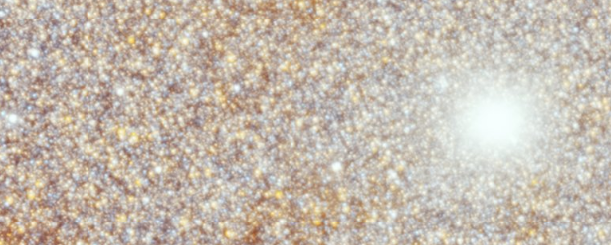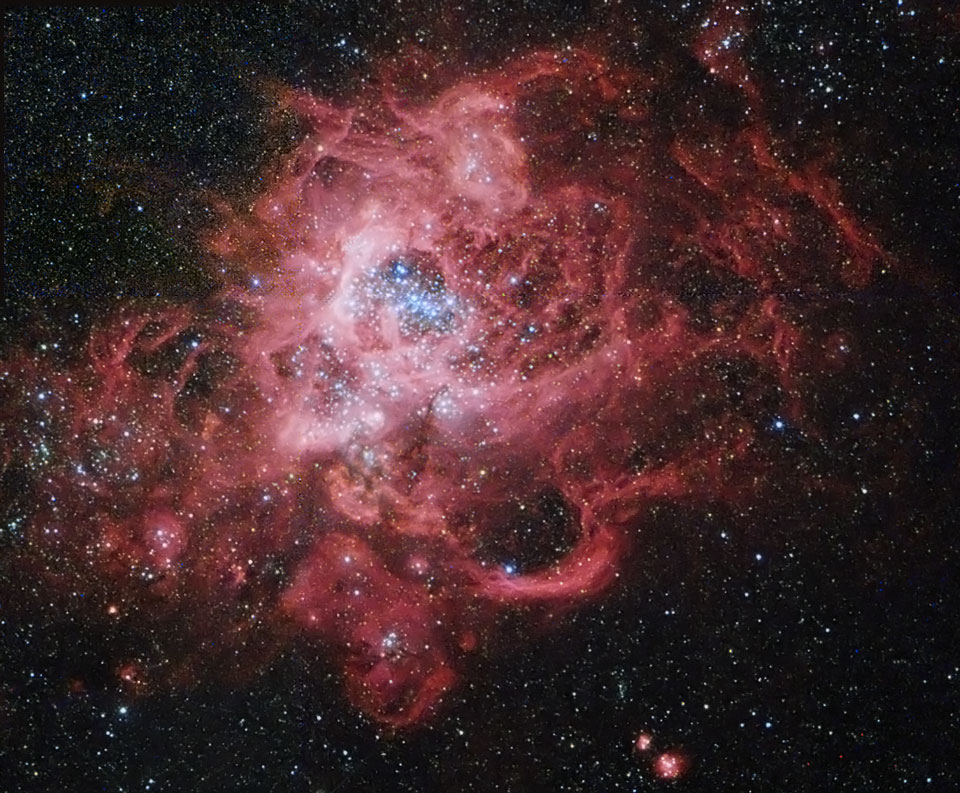Joe Stieber wrote: ↑Sat Feb 23, 2019 9:54 pm
Ann wrote: ↑Sat Feb 23, 2019 7:59 pm
I'm not absolutely sure that the blue nebula at top right in the APOD is really NGC 604. But it is absolutely certain that the nebula in question is an emission nebula and that its dominant color is red.
Yes, it is NGC 604. If you follow “the
second largest image ever released” link, you’ll see a thumbnail of that blue nebula identified as NGC 604,
which links to this page.
I didn’t see an explanation of the color — why an H-II region is blue rather than the usual pinkish-red.
It is blue because it is false colored. Groan. Why do you think you hear me complain about the color of Hubble images (and other astroimages) all the time?
One reason why this APOD is false colored is because of the filters used when the image was produced. If the Hubble people didn't use an Hα filter for this image, the Hα emission nebulas won't come out as red in an image like this. I checked the filters used for the picture of M33. One was a wideband blue filter, centered at 475 nm (which is blue but pretty far from ultraviolet), and one was a wideband near infrared filter centered at 814 nm, which is very far from the Hα line at about 656 nm.
Emission nebulas always contain Hβ as well as Hα, although Hα dominates. None of the filters used for this image can detect Hα at 656 nm, but Hβ at 486 nm is almost smack in the middle of the wideband blue 475 nm filter. So the less dominant blue 486 nm Hβ line from the dominant red Hα emission nebulas in M33 will stick out like a sore thumb and paint all those nebulas an incredibly vibrant shade of blue.
Here we can also find the explanation for the unnaturally orange color of M33. All stars emit appreciable amounts of infrared light. But many cool stars emit practically no blue light at all. A two-filter image using a blue and an infrared filter will preferentially detect the infrared light of huge numbers of cool stars. The infrared light from all these cool stars will then be shown as visual red in the image and make the galaxy appear much more orange than, say, a comparison with the color of the Sun would make it appear.
Ann
 The Stars of the Triangulum Galaxy
The Stars of the Triangulum Galaxy

